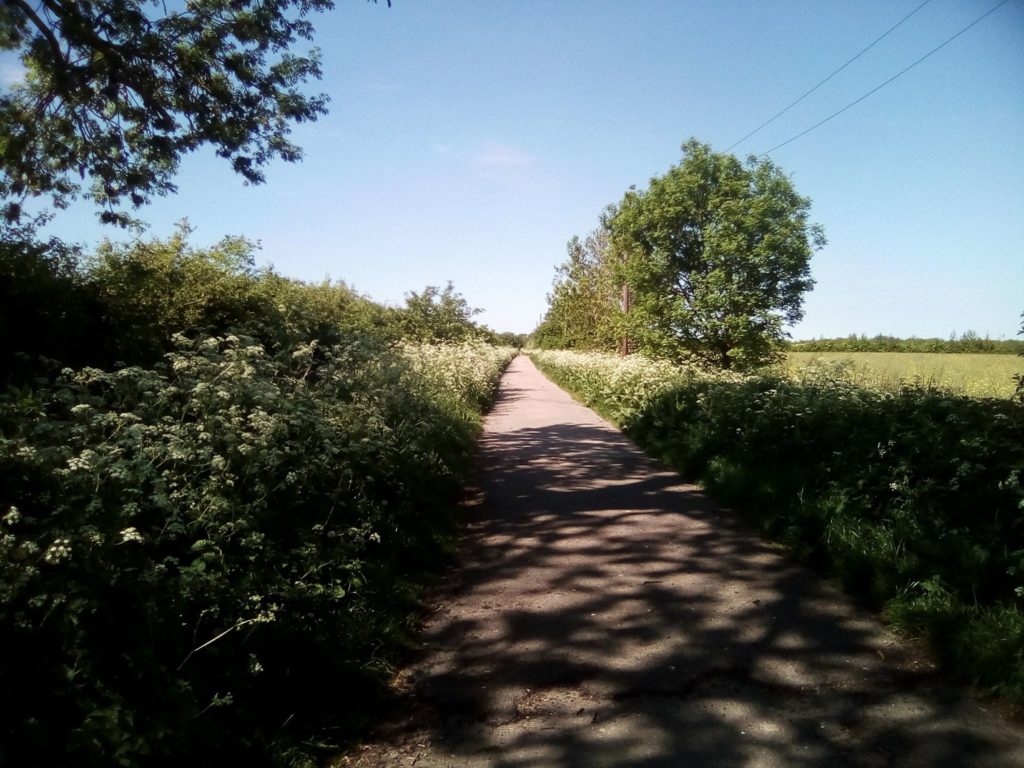We have people all the time asking us whether hawthorn blossom is safe for gerbils, or is hazel wood safe for rats, and even what type of wood is safe for guinea pigs?
Well, there is a lot growing out there in the woods and parks – but wouldn’t it be great to be able to know which ones are safe and to get some things for your pets that are free and fresh?
Well, no more worrying about how to tell an ash tree from an elder (not so good), a hawthorn from a blackthorn (a member of the prunus family) or a wild rose from a bramble (both safe – but both rather spikey). We have a photo article to help you make sure you can easily forage for a few of the most commonly found safe woods for rodents.
And being that it is currently Spring – this is what all the trees look like RIGHT NOW so you can pick them out of a crowded hedgerow or a wild wood in the countryside.
So, what you need to do is find yourself a nice footpath that has a variety of hedges and trees alongside it – something like the images below of places near us:
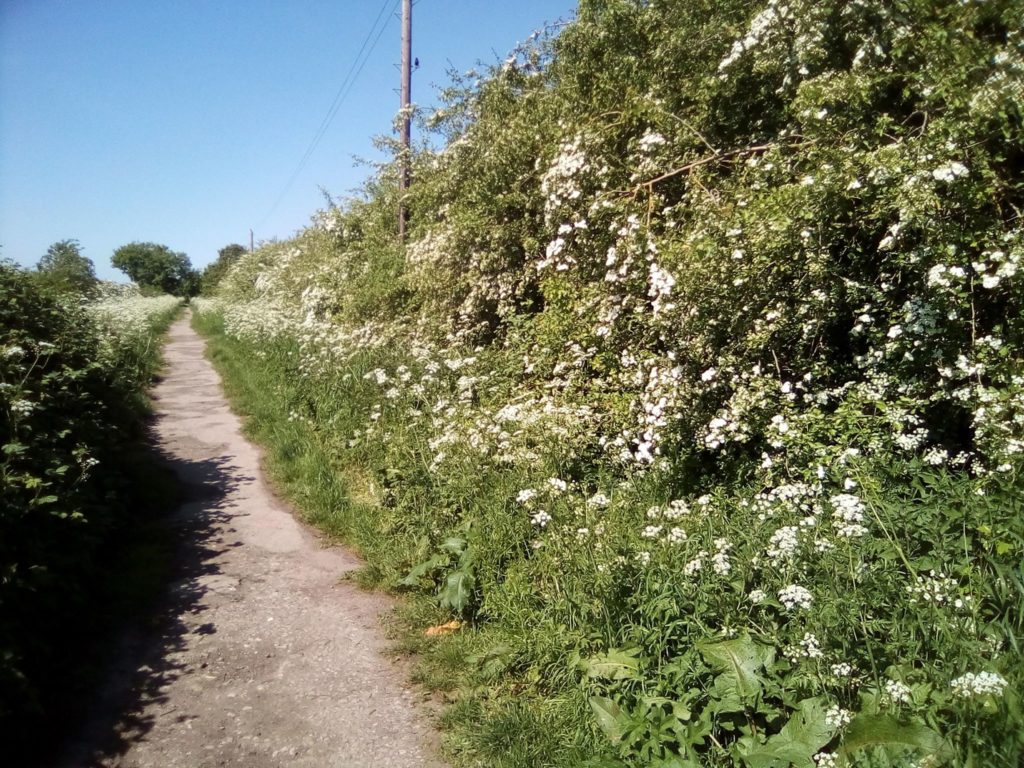
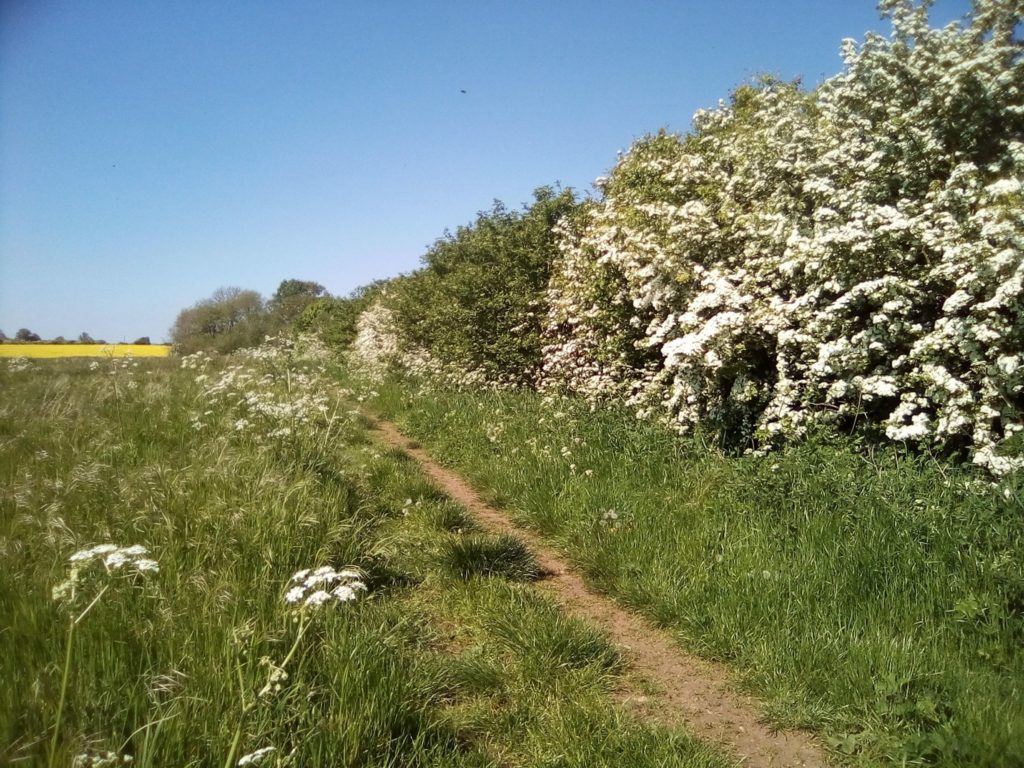
Is It Safe To Collect Wild Food For Your Gerbils?
One of the most important things here is that you don’t forage for your rodents beside roads, railways or canals, or anywhere near where chemicals may have recently been used by farmers, country park rangers or city authorities.
You can’t risk having anything contaminated.
Just like you shouldn’t pick anything you can’t see the whole of.
So this ivy growing over a garden fence may have been perfect for our harvest mice (not good for any other non-native rodents by the way).
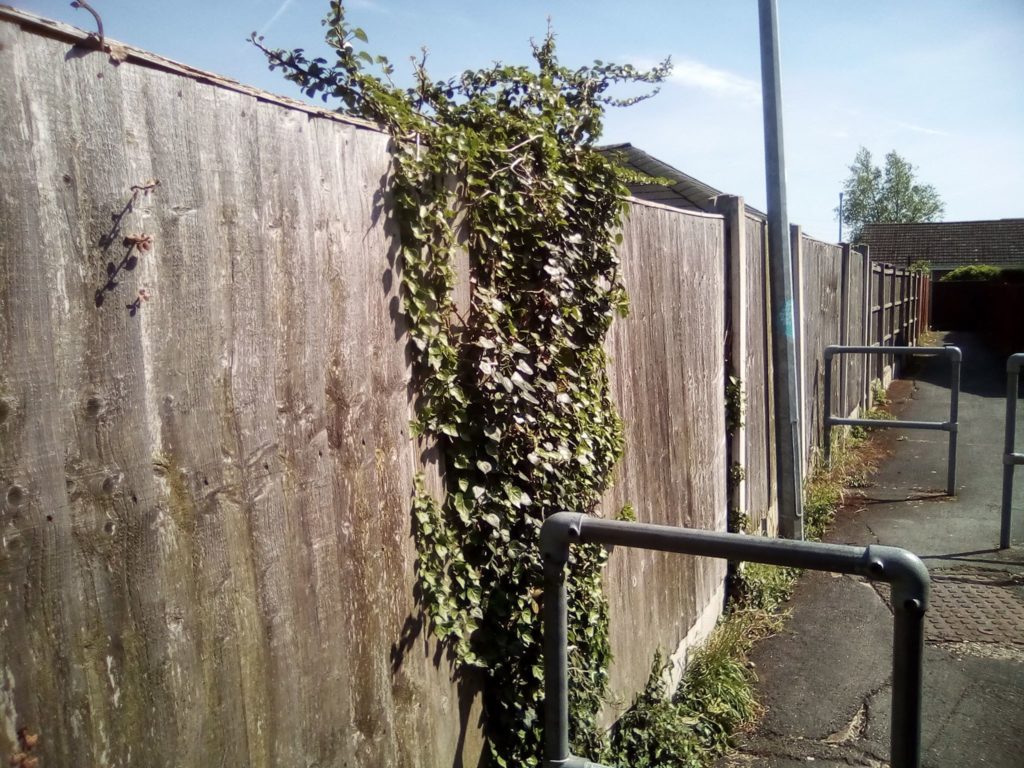
BUT – look what happened to it only a few weeks later:
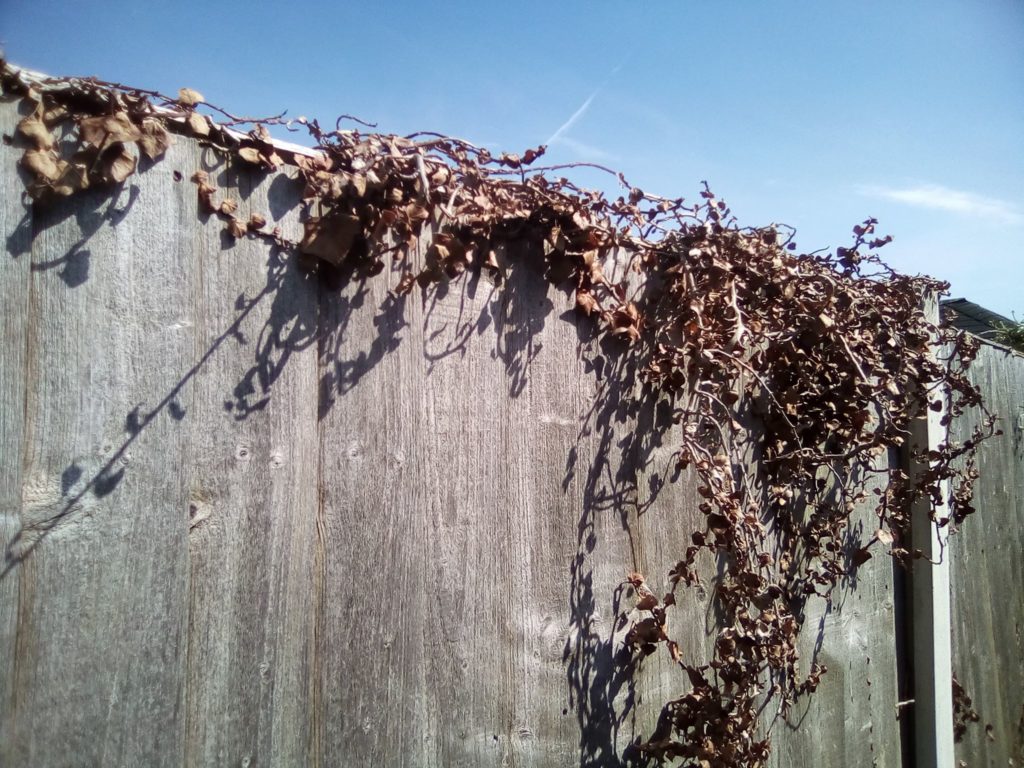
The owners had poisoned it on their side of the fence and it was only after the thing was almost totally dead did it show over the fence.
You really need to be careful when choosing your sites.
Picking wood that has anything else growing on it is also not advised – so branches covered in moss, lichen, ivy or other climbing plants are best avoided for any domesticated pet rodent – especially if they are non-native (however harvest mice and coles just LOVE lichen!
Also, don’t collect any wood from a dead tree – or wood you just find on the floor – as it is almost impossible (unless you are a tree expert) to know which tree it came from.
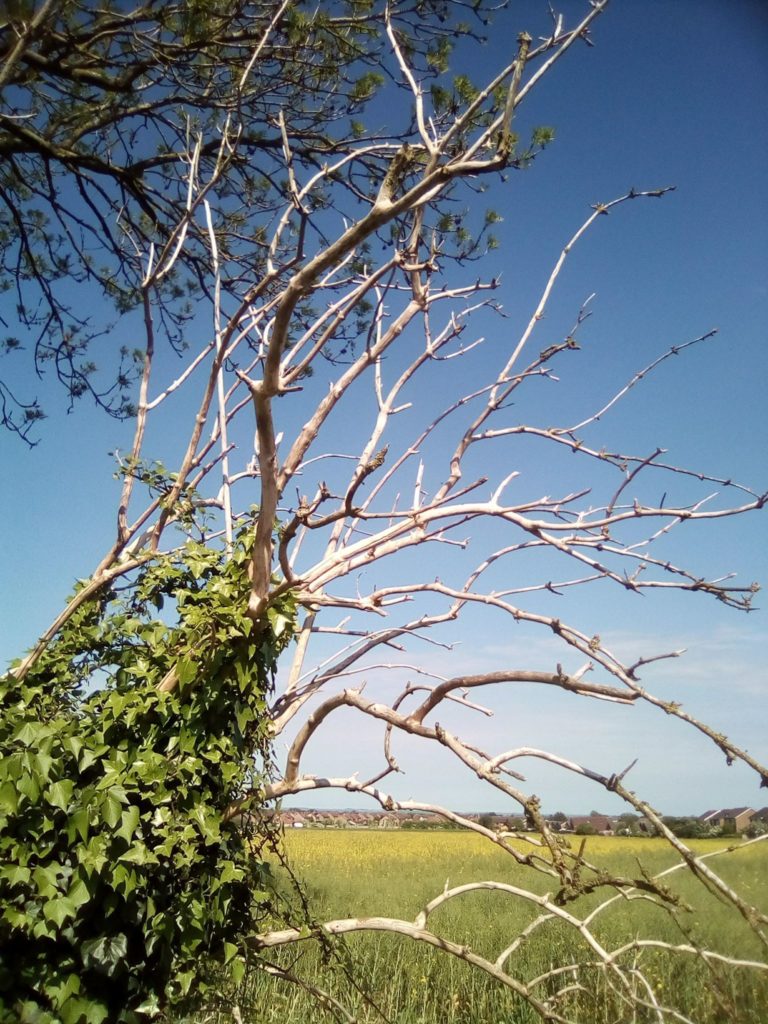
You should easily be able to find some fresh, clean uncontaminated branches and twigs on a nice walk anyway, so don’t risk it (unless you are collecting for harvest mice or other native rodents as they will be fine with these plants and might quite like the variety)
Is Hawthorn Wood Safe For Rats?
Hawthorn is totally safe for any rodent – and all of it too. Easy to identify in Spring – due to all the blossom (see below image)…
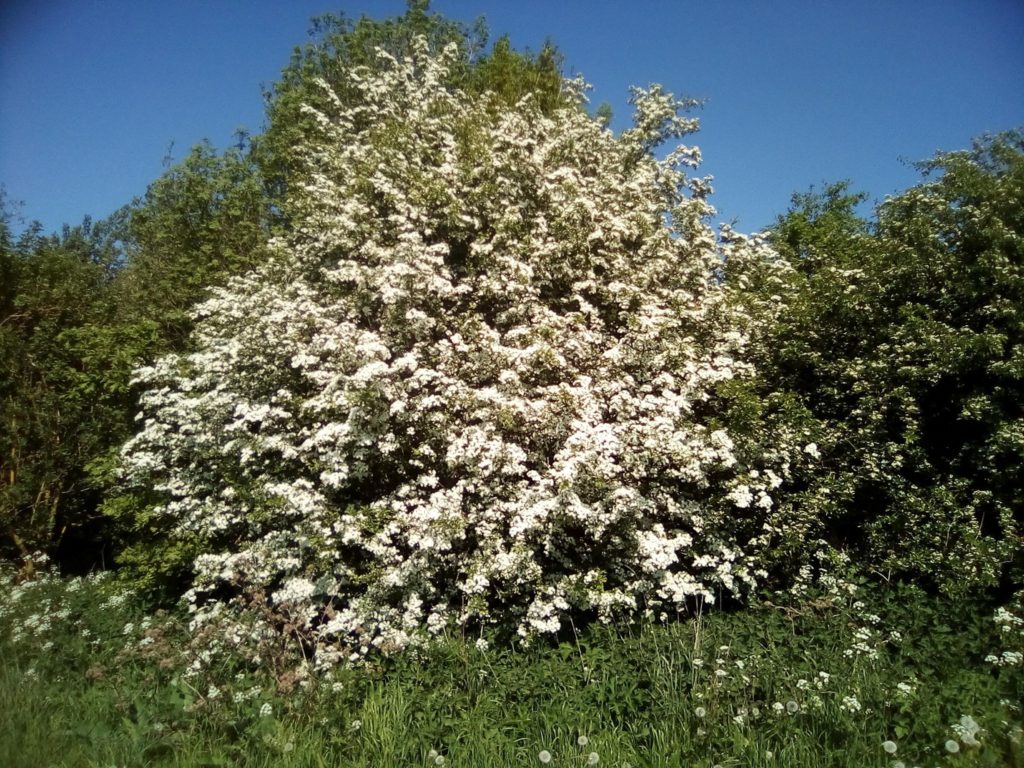
Hawthorn wood is totally safe for all rodents to chew on – although beware of the thorns!
The name is a giveaway here. The thorns aren’t like roses or brambles though – they are spikes on the end of the leaf heads – so you can’t see them on the branch – they are hidden by the leaves.
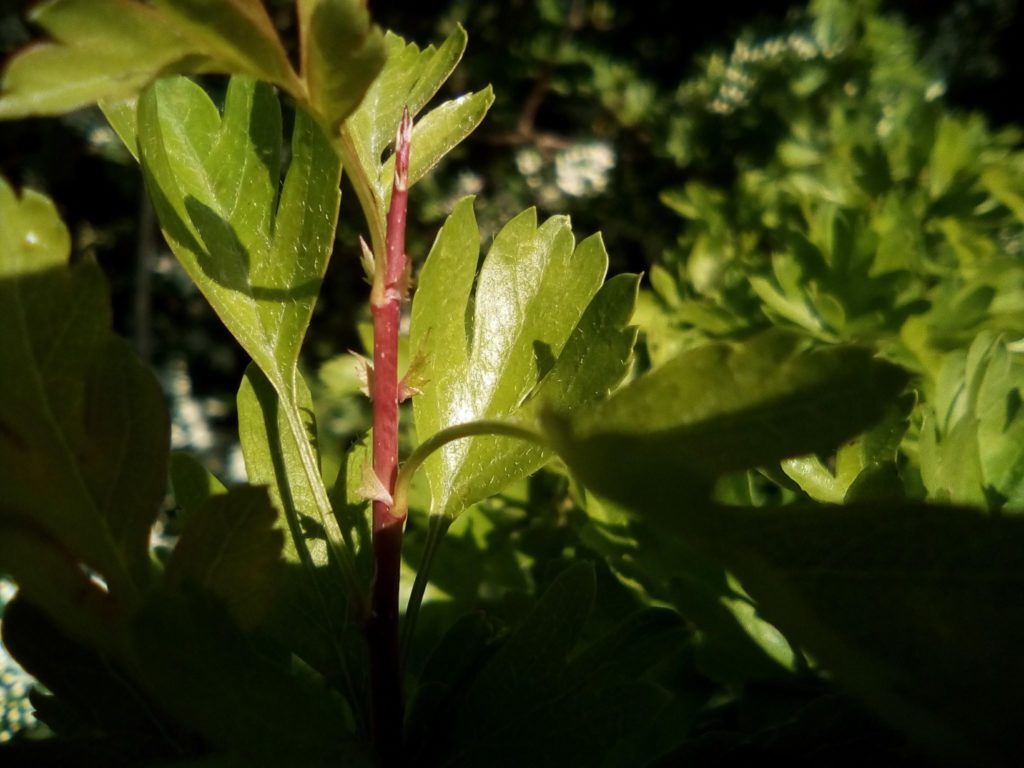
Watch out though as they are REALLY spiky! Try to break them all off before giving to your furries – but we can guarantee you will spike yourself at least once.
But this tree is great as ALL of it is edible. You can feed the leaves, the blossom – the blossom before it even opens (it forms these little balls which our harvest mice just LOVE) – as well as new or older branches. You can also feed the berries to all your little ones – but that isn’t for Spring just yet.
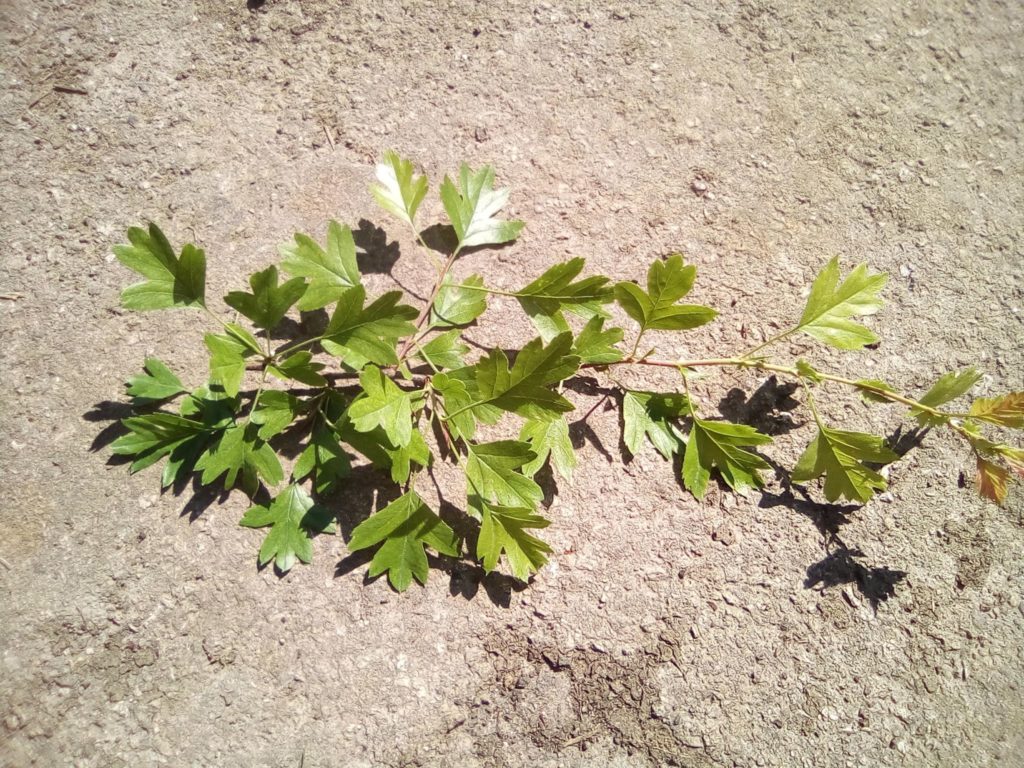
Hawthorn twig with fresh leaves
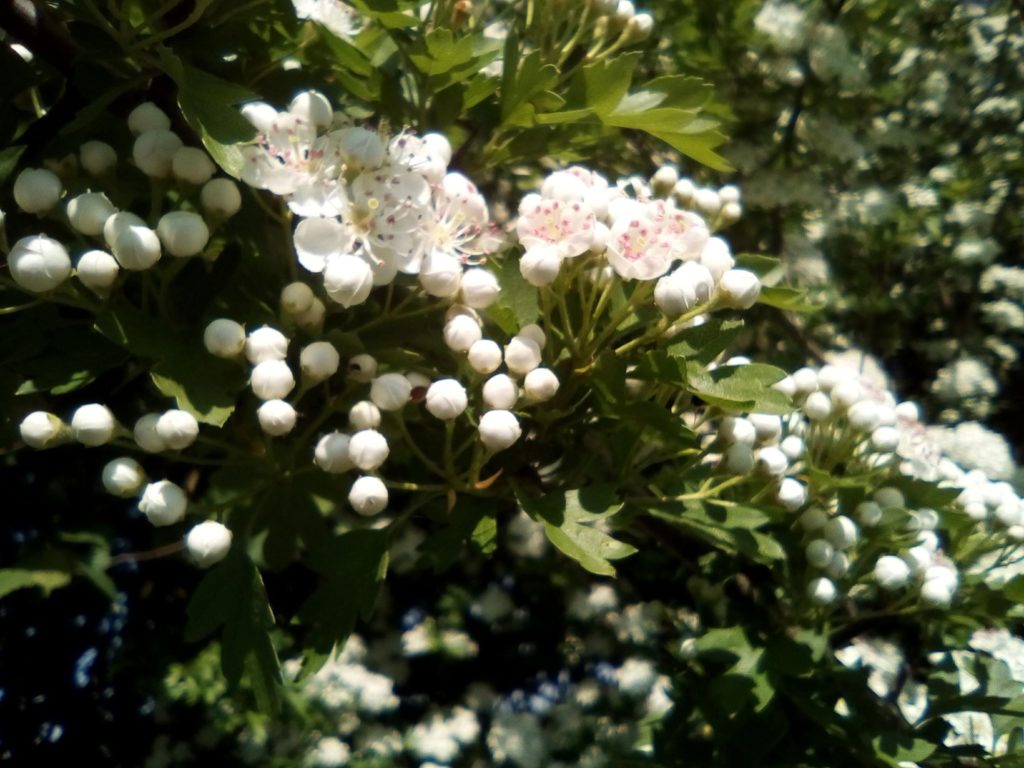
Hawthorn blossom and blossom bud balls on same plant
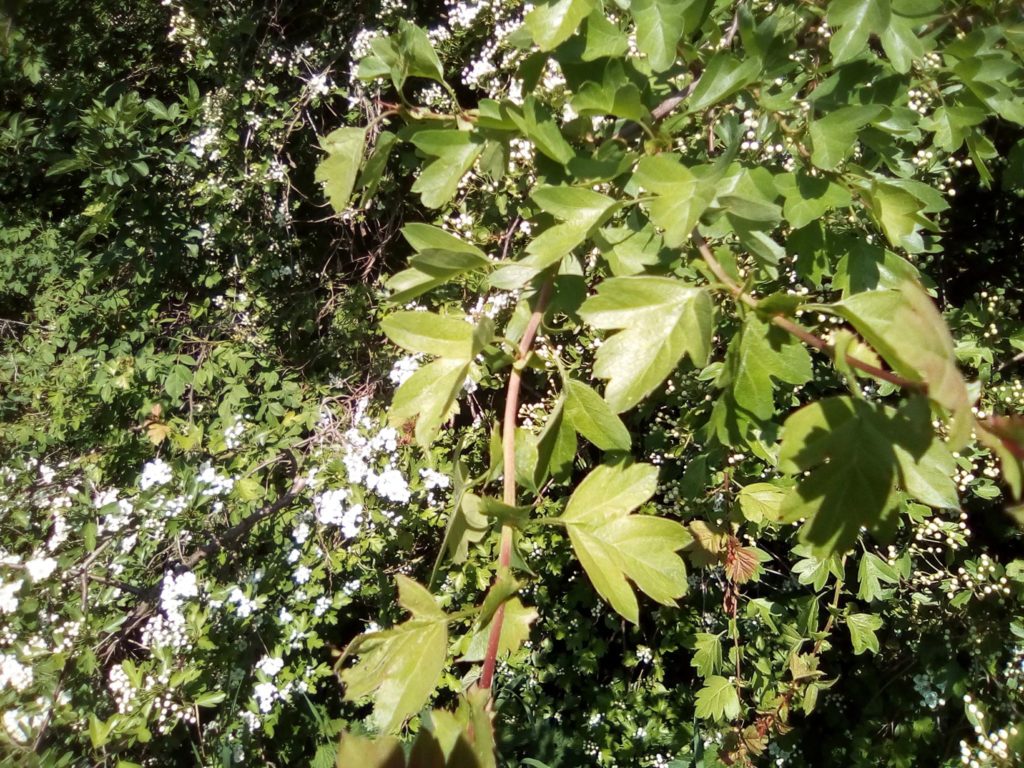
Hawthorn leaves on a tree with blossom behind
Hawthorn is a great go-to tree for the whole year – you can’t go wrong with one of these close by.
Can I Feed Ash Wood To My Hamsters?
Absolutely. Ash wood is totally safe for gerbils and all other rodents – and the leaves.
You need to be a bit careful identifying Ash though as it looks rather like another tree that isn’t a safe wood. There are incredibly easy ways to tell it apart, but only pick it for your skinnies or chinchillas, etc, if you are totally sure you have the right tree. I have attached many images to help you get it right – and they include:
Bark – always lovely and smooth. Always.
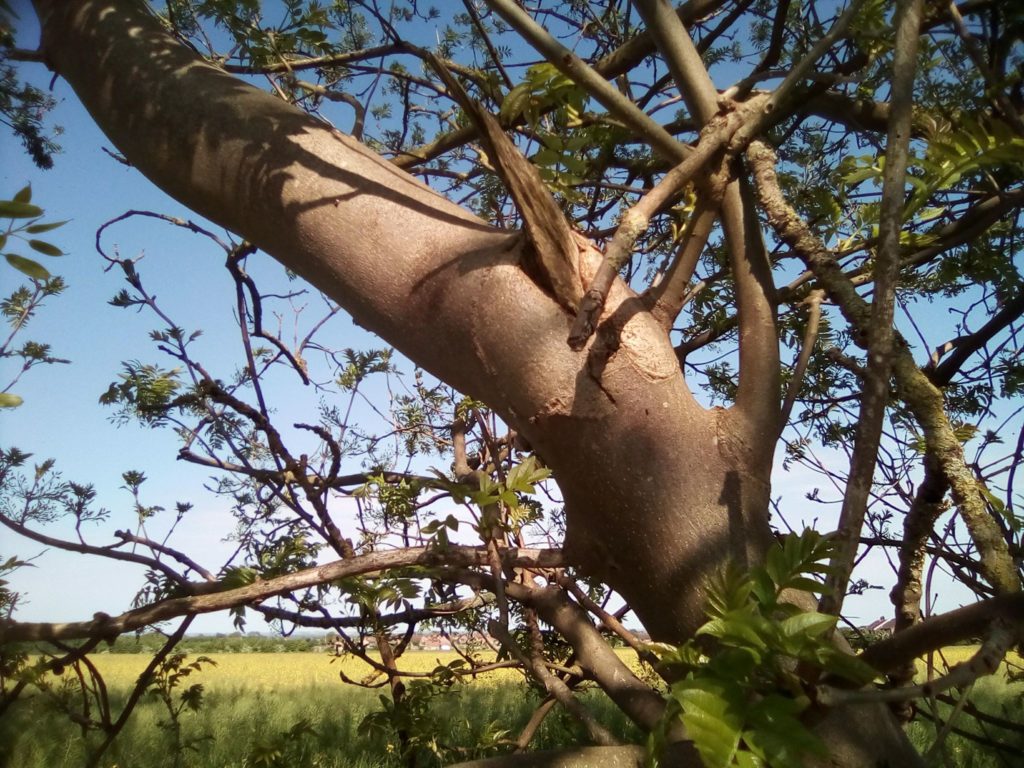
Buds – has black soft-looking buds along its branches – like rhino toes
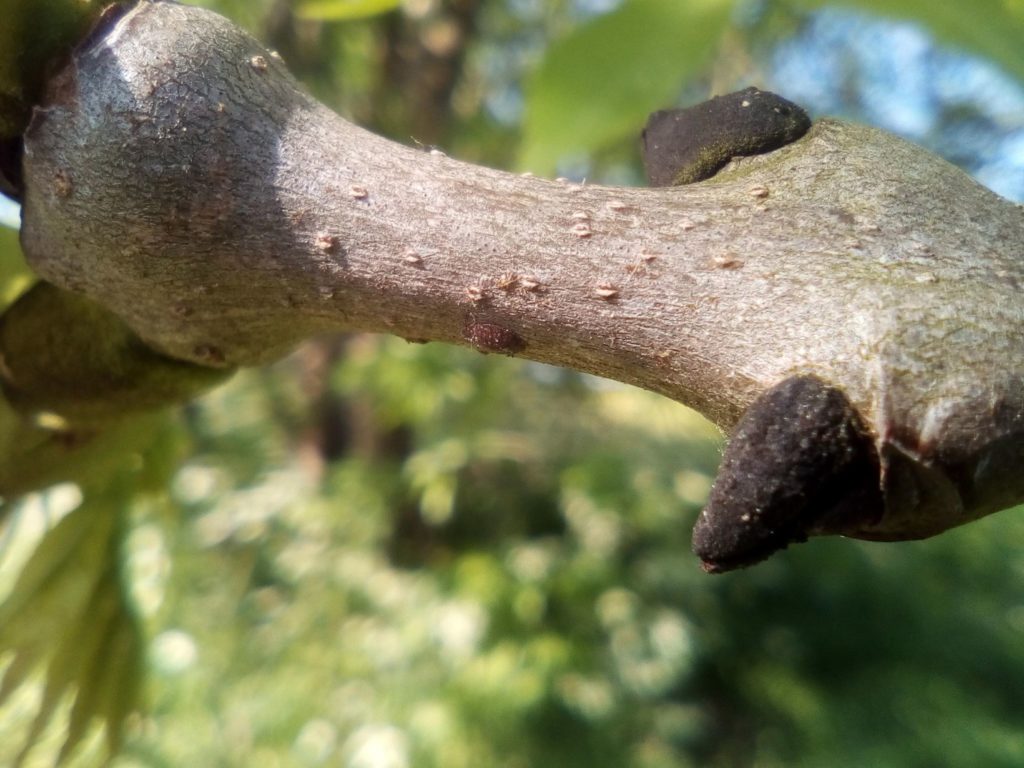
Branches – thick branches will bend on a live tree – they will never snap
Leaves – they are a large and divided leaf that has more than 9 leaflets (never less)
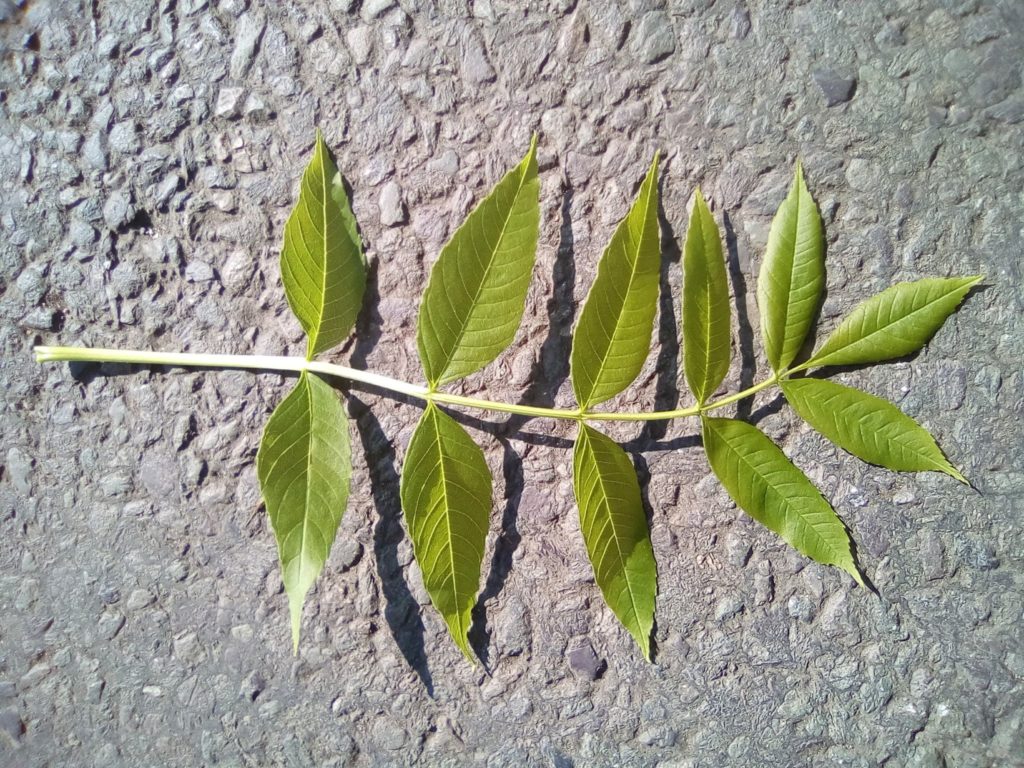
Keys – Ash trees have seeds that hang in great big bunches and are called keys – this is the only part of the Ash tree that you CAN NOT feed to your rodents.
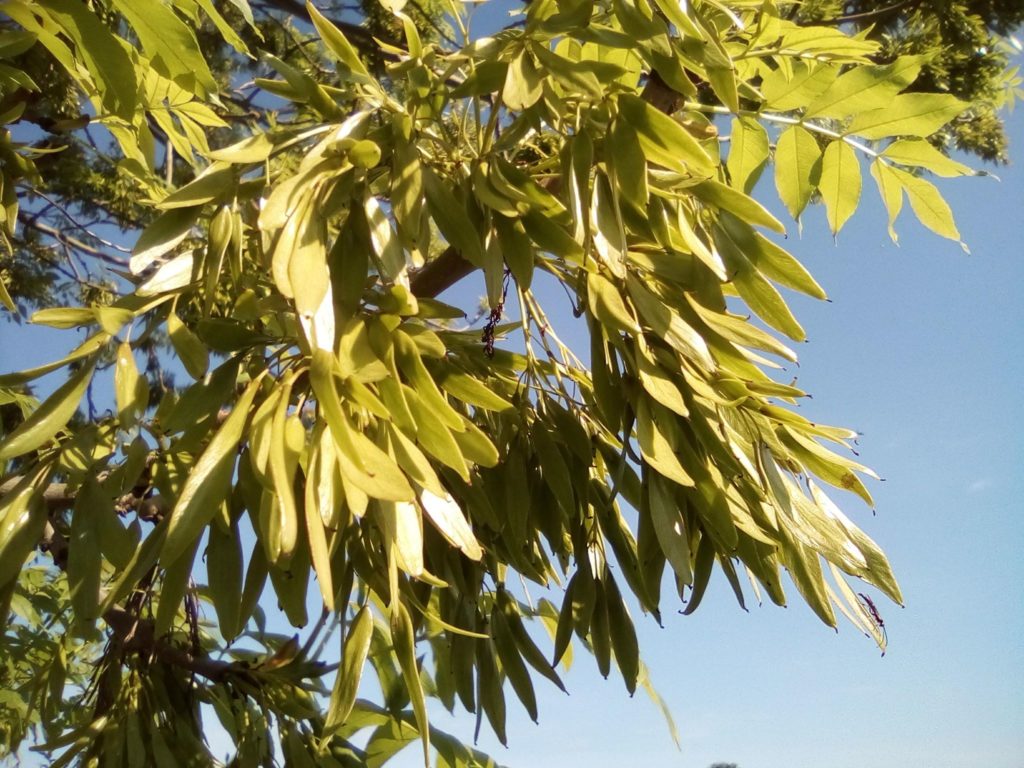
Is Willow A Safe Wood For Chinchillas?
Again, this is a totally safe wood to feed your rodents – although can be difficult to find as it loves wet and boggy places in general and not many footpaths you would go down are that boggy (or they are on a nature reserve (in which case don’t cut their plants down!)).
If you see a large willow tree, it is most likely close to a ditch, stream or a place that floods in wet weather.
You can also find smaller willow shrubs in hedges in many places – usually goat or pussy willow – both great for rodents. Driving up and down some quite local lanes might be a great place to start your search.
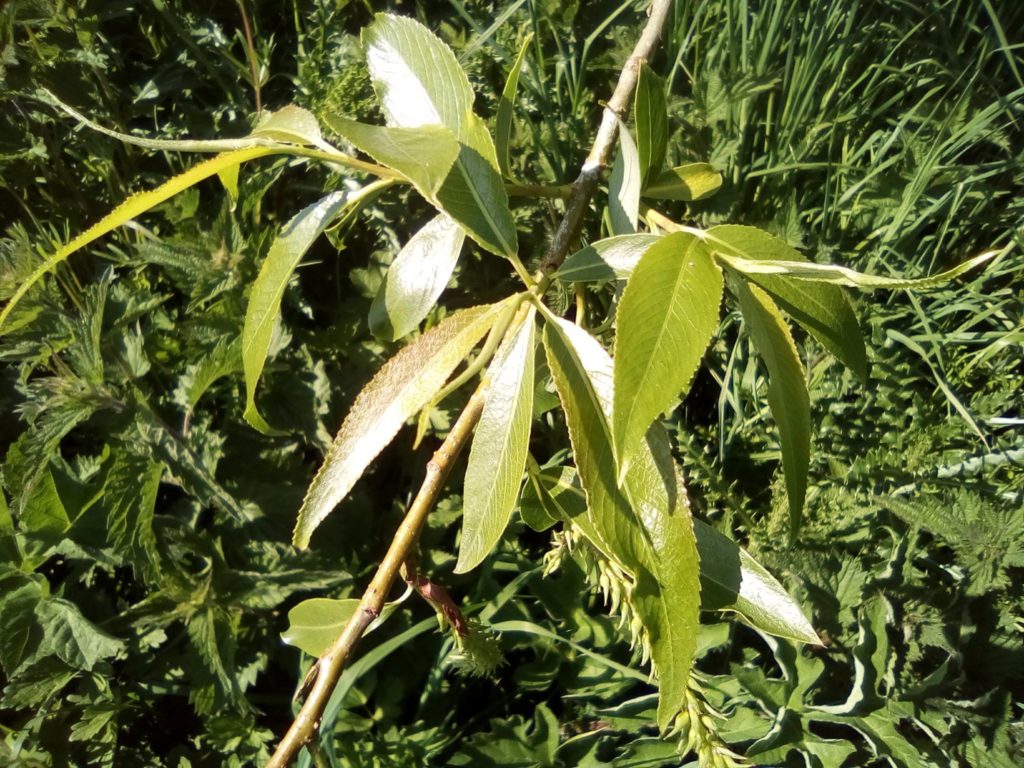
Willow leaves are long and thin, and the wood often has a yellow-ish tinge to it from a distance.
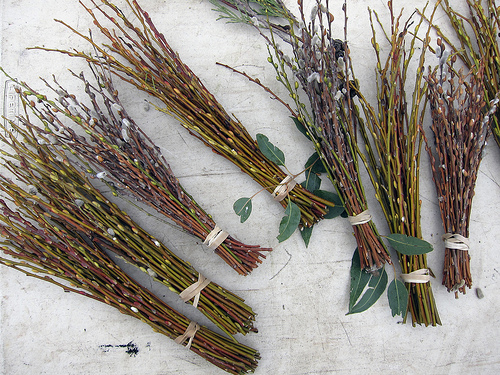

You can feed the stems, branches and twigs of this tree as well as the leaves.
It isn’t advised to feed the catkins when they come out though, as often the ‘young’ of a tree (seeds, keys, catkins etc) are very highly concentrated in natural chemicals – some of which aren’t good (like apple pips which contain something that turns into cyanide when eaten) – so usually best to avoid seeds, keys or catkins of any plant as not enough is known about their safety inside a small animal.
There are many different types of willow out there, but in the amounts you are going to be feeding, all will be fine for your furries – and well received. Most willow treats don’t actually say which type of willow they are anyway – so you are none the wiser from looking.
Can I Feed Wild Rose Petals To My Jirds?
Yes, yes you can – although not many of them are out yet.
You can certainly start to identify all the wild rose (dog rose) bushes around your local walks right now as there is less foliage – so you get a better look at the plant itself. This one is great for the autumn too, as dried rose hips are well loved by many a rodent in the winter.
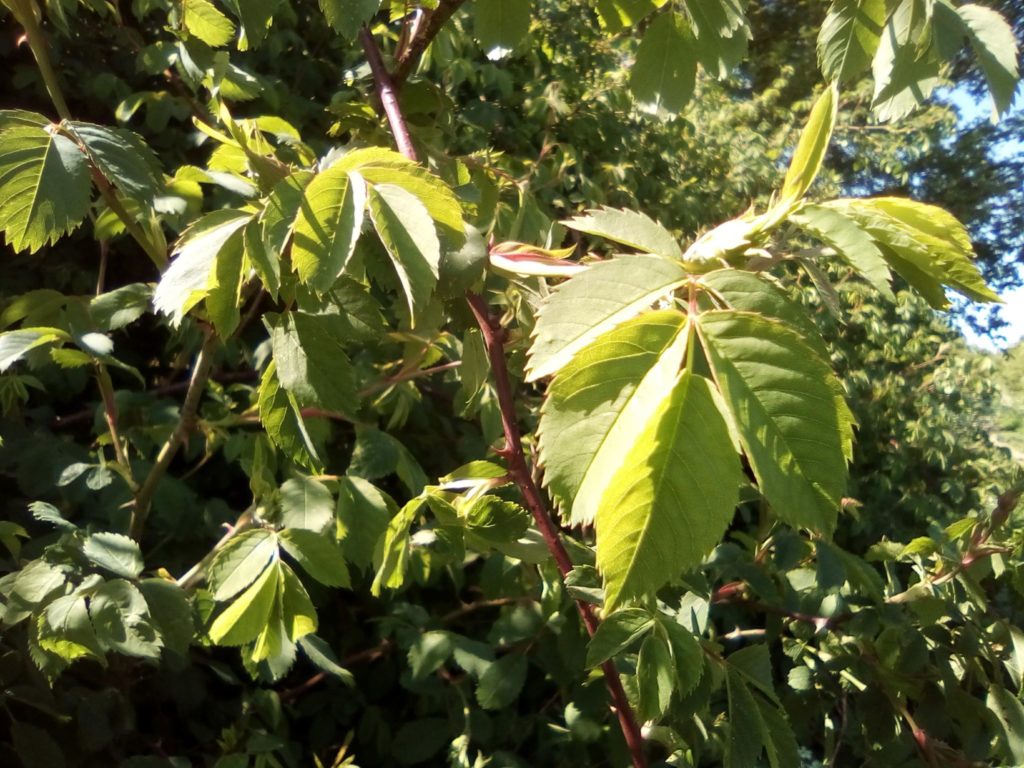
This plant has VERY sharp thorns – like a domestic rose – and like a wild rose – you can also feed your pets the leaves of the domestic leaves (which are usually bigger anyway – but not if you have used chemicals to protect your roses (or they are someone else’s roses and you haven’t asked!)).
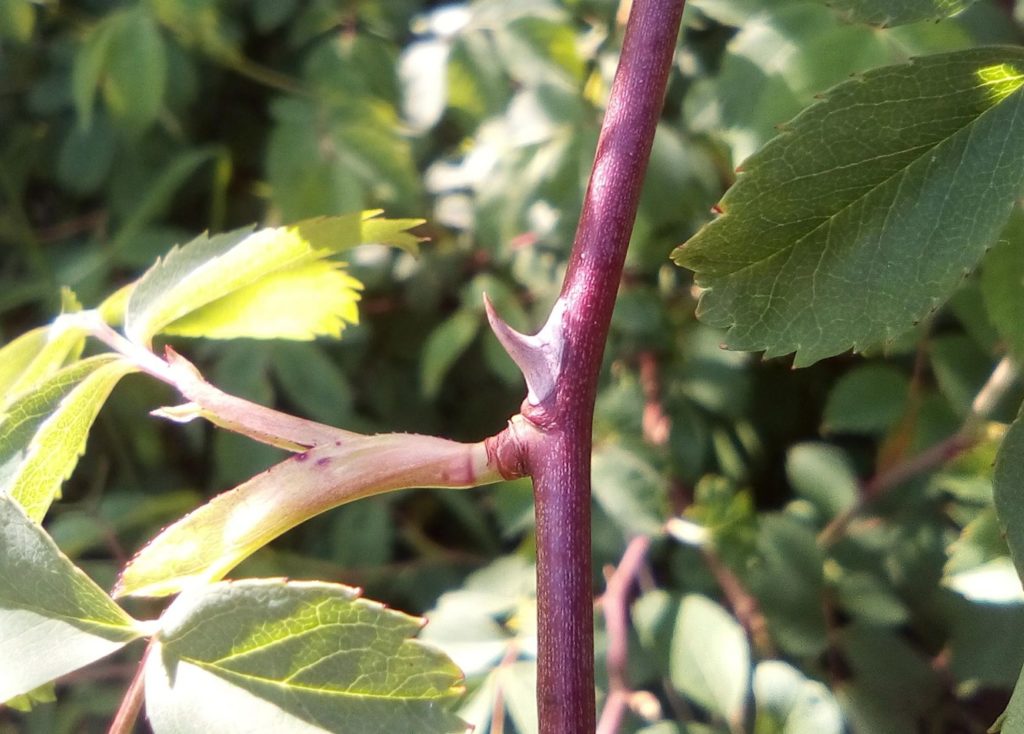
Look out for the red stems on the wild rose – and the thorns!
Just as long as they haven’t been sprayed with anything untoward – you can collect the petals of any rose and either feed fresh off the plant – or you can dry them and save them to last longer than the normal season. You can even make your own perfume if you fancised it – even though your rodents most likely won’t…
You can’t feed the leaves or the stems of the rose family – or at least it isn’t recommended that you do anywhere we can find – so best stick to the petals on this one…
Is Sycamore A Safe Wood To Feed To My Mice?
Yes, the wood of a sycamore tree is totally safe, however, not so all the other maples – so make sure you identify it properly. It isn’t that difficult as sycamore has a distinctly HUGE palmate leaf and usually has a very noticeably red leaf stalk.
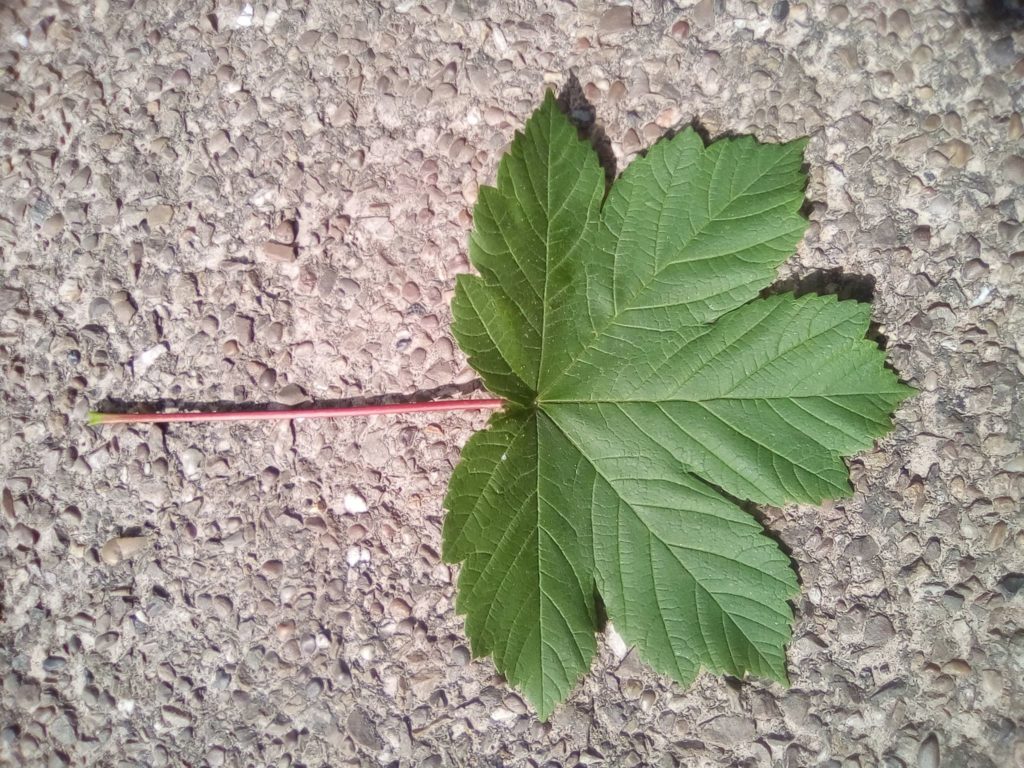
This tree crops up in most places where there has been disturbance, so alongside filed edges and around homes, fences and bridges are common enough.
However, do remember the rule about location, location, location. Just because the plant looks healthy, doesn’t mean it hasn’t absorbed terrible things along the way.
It is best to feed just the older wood on this tree – rather than the leaves or leaf stalks, so I always pull off all the new leaves from this season, and go right back to the thicker branches.

Don’t feed the stalks or young reddish stems – always look for the more established wood as it contains different ingredients…
This tree also grows seeds (often called helicopters or wingnuts) that your pets shouldn’t eat – but they usually appear later in the season, so nothing to worry about right now.
Other Safe Woods For Rodents:
If you can find and identify them – you can also feed hazel wood and young or older leaves, pedunculate or sessile oak wood and silver birch wood and its young leaves. we just don’t have pictures of these just yet.
We only recommend in this article trees and parts of trees that we have fed to my own animals – there are many lists all over the places with dos and don’ts – but we tend to stick with what is easy to find and what most people say if safe.
There is plenty of all the good stuff – so why try something that might not be safe?
